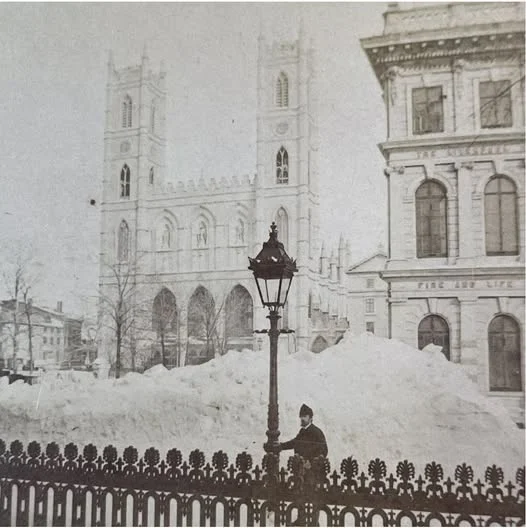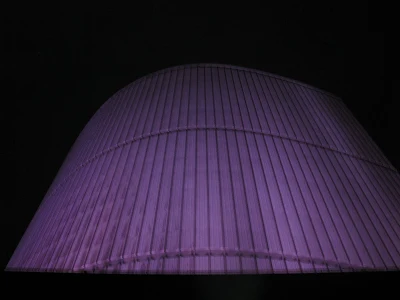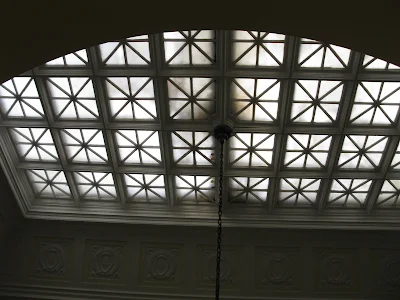1.
I dreamed of a girl driving
her old blue Volkswagen
through a deep pool,
water spraying up
on both sides of the Beetle.
When I complained
the car might stall
she threw the keys at my face.
I could feel them hit my glasses.
This was Psyche visiting me,
water the depth of dream and memory:
the old car this body,
a vehicle carrying me
through the streets of life;
the keys to open a lock,
a mystery to which I was blind,
even wearing glasses.
2.
Then came a second dream:
a ten foot tall brown bear
standing on its hind legs
trying to escape a backyard
confinement, one leg almost
over the top of the chain link fence.
I walk faster, afraid of the bear
attacking me. Then from behind
a frightened kangaroo appears,
emaciated and mangy-looking.
It is hopping in long strides,
fleeing from abuse.
Suddenly the owner arrives
to return the animal to captivity.
I tell him the kangaroo needs a vet
to heal his wounds.
The owner speaks only Russian,
his behaviour is intimidating.
I enter another yard
where a horse is tied down,
held on the ground by ropes.
As I stand looking
at the horse’s still body
I notice a single, large eye
move warily and look at me,
the horse unable to struggle,
legs bound by ropes and fear.
Then came a second dream:
a ten foot tall brown bear
standing on its hind legs
trying to escape a backyard
confinement, one leg almost
over the top of the chain link fence.
I walk faster, afraid of the bear
attacking me. Then from behind
a frightened kangaroo appears,
emaciated and mangy-looking.
It is hopping in long strides,
fleeing from abuse.
Suddenly the owner arrives
to return the animal to captivity.
I tell him the kangaroo needs a vet
to heal his wounds.
The owner speaks only Russian,
his behaviour is intimidating.
I enter another yard
where a horse is tied down,
held on the ground by ropes.
As I stand looking
at the horse’s still body
I notice a single, large eye
move warily and look at me,
the horse unable to struggle,
legs bound by ropes and fear.
3.
The third night I dreamed
of a wooden tower,
half of it sealed off
for fifty years.
The nuns who use the tower
never enter the sealed-off side
but know it exists.
I go inside it,
find a few old desks
and chairs, the panelled walls,
windows that allow you
an obscured view
of the nun’s quarters.
Later, I stand outside
looking at the wooden tower.
It is in a Scandinavian country,
where the landscape is austere.
The tower stands alone.
In the distance is where I live,
in a grey, wooden house
that has not been painted
for many years,
it seems to be typical
of the places where people live
in these parts.
The third night I dreamed
of a wooden tower,
half of it sealed off
for fifty years.
The nuns who use the tower
never enter the sealed-off side
but know it exists.
I go inside it,
find a few old desks
and chairs, the panelled walls,
windows that allow you
an obscured view
of the nun’s quarters.
Later, I stand outside
looking at the wooden tower.
It is in a Scandinavian country,
where the landscape is austere.
The tower stands alone.
In the distance is where I live,
in a grey, wooden house
that has not been painted
for many years,
it seems to be typical
of the places where people live
in these parts.


































.JPG)